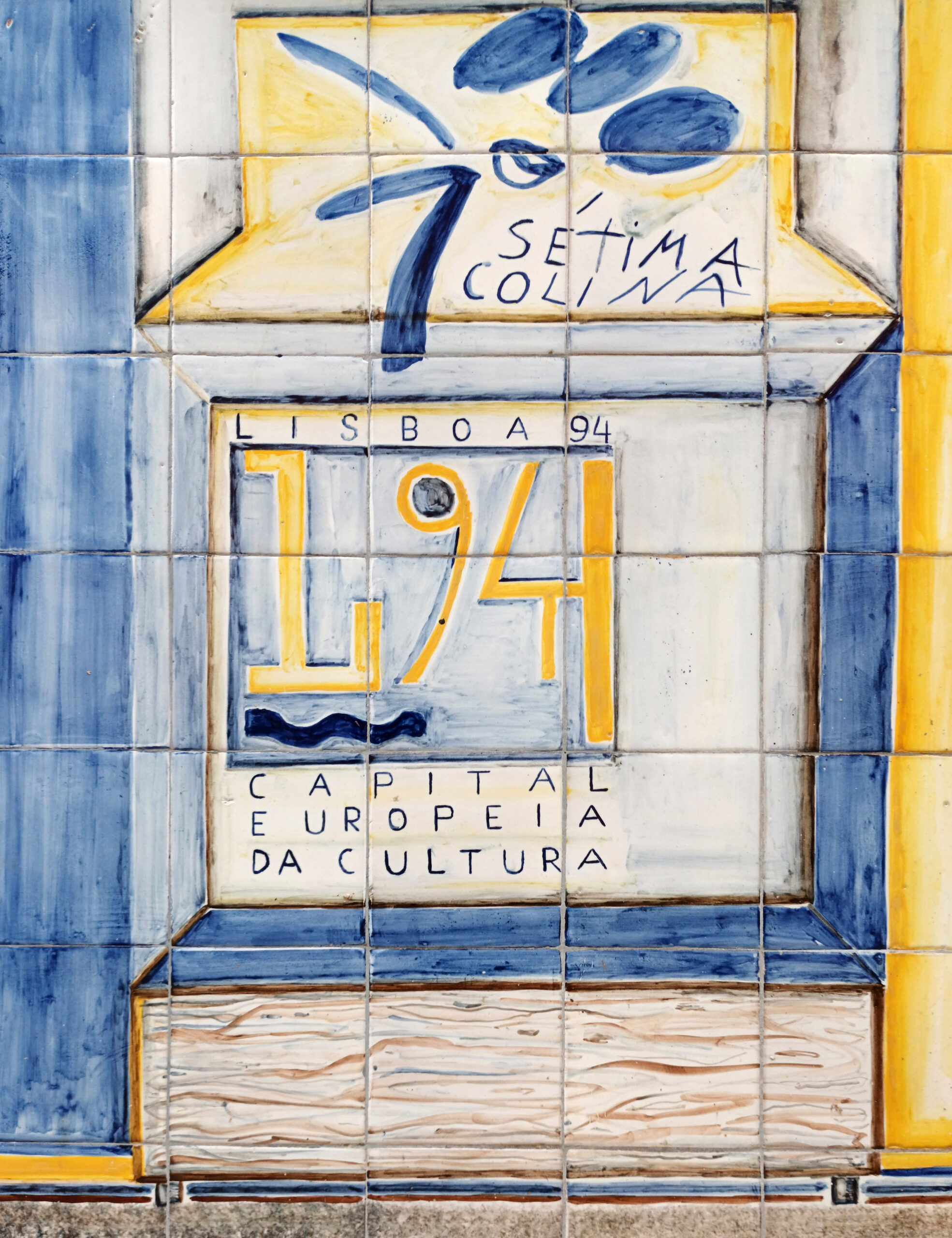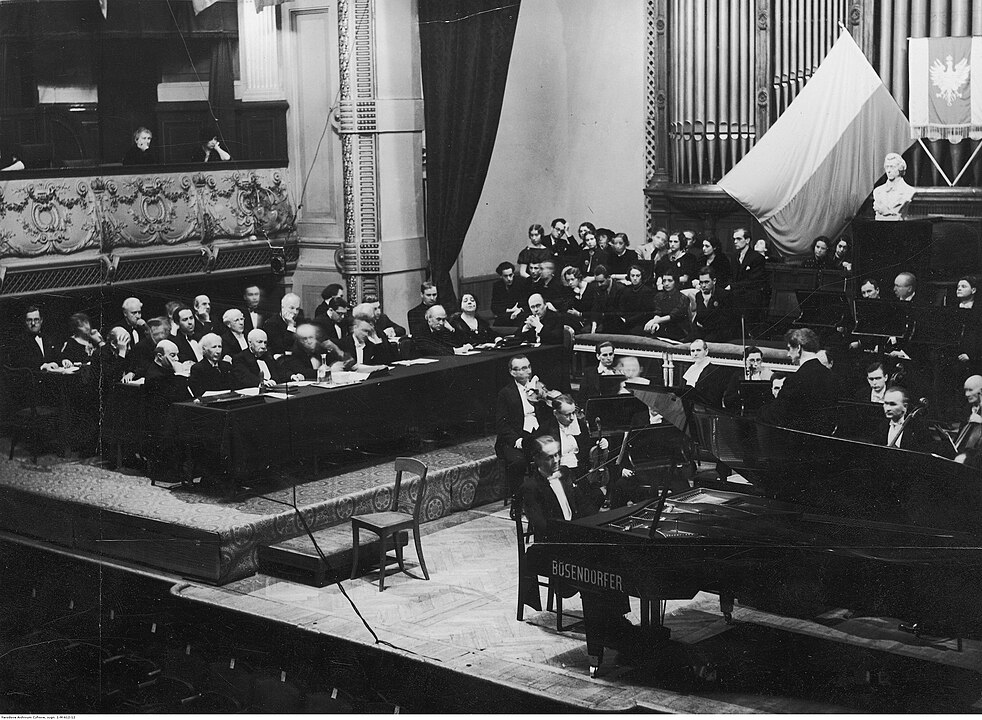Cultural participation improves individuals’ well-being, and the closure of cultural organisations during the first wave of the pandemic has led ceteris paribus to a larger decline in life satisfaction among fervent cultural consumers than among other individuals.
In Denmark, on 16 March 2020 the government imposed the closure of non-essential activities, a category that included museums, theatres, concert venues, and in general all cultural activities requiring the physical presence of an audience, due to the Covid-19 pandemic. This context of the Covid-19 pandemic, where cultural organisations have been severely hit by the lockdown-type measures enforced, provided a unique opportunity to value the impact of the closure on visitors to cultural institutions, in particular theatres and museums.
In a recently published article in International Review of Economics (Baldin and Bille, 2023) we have investigated whether the worsening of individuals’ well-being associated with the Covid-19 outbreak (see Figure 1) is more pronounced for theatre and museum consumers than for other individuals. Using a survey conducted in Denmark in the spring of 2020, we confirm the link between cultural participation and well-being by estimating a life satisfaction model, instrumenting for both income and cultural participation to avoid simultaneity problems. The respondents’ well-being is measured through the question: How satisfied are (were) with your life overall? where the answers range from 0 (very dissatisfied) to 10 (very satisfied). This question has been asked twice, as the respondents were invited to reflect about their life both before the pandemic and in the current situation (during the first wave of the pandemic).
Figure 1. Life satisfaction score before and during Covid-19 pandemic

We have implemented the life satisfaction approach in order firstly to provide a monetary value for the welfare gain that theatregoers and museum visitors get from their cultural experiences: this is interpreted as the reduction in income necessary to keep the life satisfaction constant when there is a positive change of cultural consumption; secondary we explore whether these cultural consumers have experienced a greater decline in well-being compared to non-cultural consumers, keeping fixed the other negative effects of the pandemic on personal life (such as health, economic, mental and stress condition). Additionally, we estimate a monetary value for such welfare decline, i.e. lost use value, interpreted as the additional income required to keep a random individual just as satisfied with life if the cultural consumption is no more possible.
One unambiguous conclusion which can be drawn from our study is that cultural participation improves individuals’ well-being, and the fact that cultural organisations were forced to close during the first wave of the pandemic has led ceteris paribus to a larger decline in life satisfaction among fervent cultural consumers than among other individuals, controlling for all other known life dimensions affected by the pandemic. Furthermore, our study shows some interesting results concerning how the impact differs both across type of institution (theatres and museums) and context (positive impact in normal conditions and negative impact due to their closure).
Attending performing arts events seems to contribute positively to life satisfaction, but visiting museums is not a significant determinant of life satisfaction. However, their closure during the lockdown has represented a welfare loss, and the greater the frequency of visiting museum, the greater this loss. One can only guess about the possible explanations for this discrepancy.
Firstly, the question is why attending performing arts events seems to contribute positively to life satisfaction, but visiting museums is not a significant determinant of life satisfaction. We propose that the explanation can be found in the fact that visiting museums is a more common activity than theatre visits for most of the population. Theatre visits are more expensive, and in that sense a more deliberate add-on to the everyday life, and therefore we assume its impact on life satisfaction is more significant. In that way, museum visits can be seen as a more integrated part of the life for many people, and maybe for this reason it is not perceived as something special adding to life satisfaction.
The second interesting question is why the greater the frequency of visiting museum, the greater the welfare loss, while this is not the case for theatres. The explanations might be twofold. Firstly, it is possible that the lack of accessibility to museums during the pandemic made their users more aware of the contribution of museum to life (the “endowment effect”), which were taken for granted in the past. Secondly, there could be a substitution effect, where theatre performances perhaps were more easily substituted by cultural consumption at home, such as movies and tv-series. Many theatres and performing arts organizations adapted to the pandemic by offering online performances and streaming events. While this is not the same as attending a live performance in person, it could partly have substituted real-life theater performances. On the other hand, we can suspect that such substitution effect between the physical and online experience is more difficult in the case of museums.
The difference between theatre and museums in terms of impact on life satisfaction is an important finding of this study. As there are only few former studies addressing the impact on cultural activities on life satisfaction, we find that much more research is needed, including qualitative research, to increase our understanding of the impact of cultural institution on life satisfaction and the differences between different types of cultural activity.
Our results highlight the role of cultural participation in sustaining life satisfaction and, consequently, to support a well-being evidence-based cultural policy that facilitate cultural accessibility as a mean to increase the individual wellbeing. In the last years the economic and political debate, with the OECD in the front line, has emphasized the need to consider measures of economic performance and societal progress that go beyond the GDP and focus on the society wellbeing. Consequently, policy makers should support actions addressed to improve citizens’ life. In this context, our results support cultural policies that increase cultural accessibility and participation as a mean to contribute to the society well-being.
About the article
Baldin, A., & Bille, T. (2023). The lost value for users of cultural institutions during the COVID-19 pandemic: a life satisfaction approach. International Review of Economics, 70(2), 257-281
About the authors
Andrea Baldin is Assistant Professor at Ca’ Foscari University of Venice.
Trine Bille is Professor at Copenhagen Business School.






